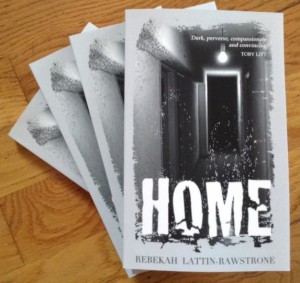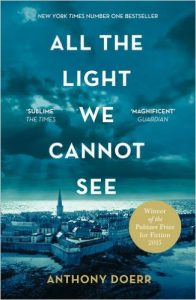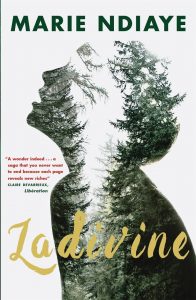Thanks to all those who sent comments via email, facebook etc. The winner of last week’s competition is Continue reading Prize Winner Announced
Month: September 2016
All The Light We Cannot See by Anthony Doerr
Set during and after the Second World War, All The Light We Cannot See weaves its main narrative around two main characters who both live through the destruction of Saint-Malo, Brittany, in 1944: a blind French girl, Marie-Laure and a German boy Werner Pfennig who are connected by the mysteries of science over radio waves and through the preserved stories of the past crushed into coal or hard as the largest recorded diamond, the cursed Sea of Flames.
Of course the book is more complex than this. There are many other characters against whom these main two sharpen their sense of right and wrong – Werner’s sister, Jutta who sees the darkness at the heart of the Nazi movement from the beginning, his friend Frederick who refuses to add to the suffering of others; Marie-Laure’s locksmith father who makes models of the places she lives in to help her move about in the outside world, the housekeeper who shows her how to have courage in occupied France. There are also many themes about the wonder of science and the mysteries of the puzzle of life.
However, as all the handmade puzzles of the novel can be cracked, All the Light We Cannot See exasperates me because it too seems to believe the puzzle of life can be unlocked. And whilst I can’t deny that many will devour and adore the novel, crying as the characters live through hard times or when they connect in wonderful unforeseen ways – the skill displayed in weaving the disparate parts into a whole is undeniable and delightful – the certainty that the pieces will fall into place irks me. And it may indeed be at the root of what troubles me about a lot of modern novels. Beneath the flawlessly edited prose and the carefully timed plotlines with complex characters whose lives feel real and believable is a hole that sucks the meaning from all this clever work because what is missing is a belief in the reader and an uncertainty about life. Continue reading All The Light We Cannot See by Anthony Doerr
Ladivine by Marie NDiaye
Ladivine is a wonderful, difficult novel that casts a heavy oppressive weight on the reader. Every character moves through a fog of disappointment brought on by shame.
The daughter of Ladivine, Malinka, cuts her mother out of her life in order to be free of her mother’s shameful heritage. A lowly, unassuming woman with no ambition but to live side by side with her daughter, Malinka thinks of Ladivine as ‘the servant’. Though she has her mother’s bone structure, Malinka is not dark skinned. She believes her life will be freer, more fulfilled, if she keeps her mother at arm’s length. She meets Richard Rivière, becomes Clarisse Rivière, and tells Richard her parents are dead. Continue reading Ladivine by Marie NDiaye
Written on the Body by Jeanette Winterson
If you have read any Jeanette Winterson before then Written on the Body feels like familiar territory. There is a protagonist of uncertain gender who has male and female lovers. There is a true love with flame red hair. There is also a passion for the minutiae of falling in love, an obsession with the different ways of expressing desire.
What starts as a love affair in which the narrator claims not to want to possess the other but to be possessed – ‘Louise, your nakedness was too complete for me, who had not learned the extent of your fingers. How could I cover this land? Did Columbus feel like this on sighting the Americas? I had no dreams to possess you but I wanted you to possess me.’ (p52) – using, regardless, the language of colonisation and hunger, becomes a different contemplation of her lover’s body when Louise develops Leukaemia. Louise’s body starts to become foreign to itself and the narrator is forced to make a choice about how to help Louise fight her illness: should she stay with Louise or give her up to Louise’s husband, a cancer specialist who believes he can cure her. Continue reading Written on the Body by Jeanette Winterson



